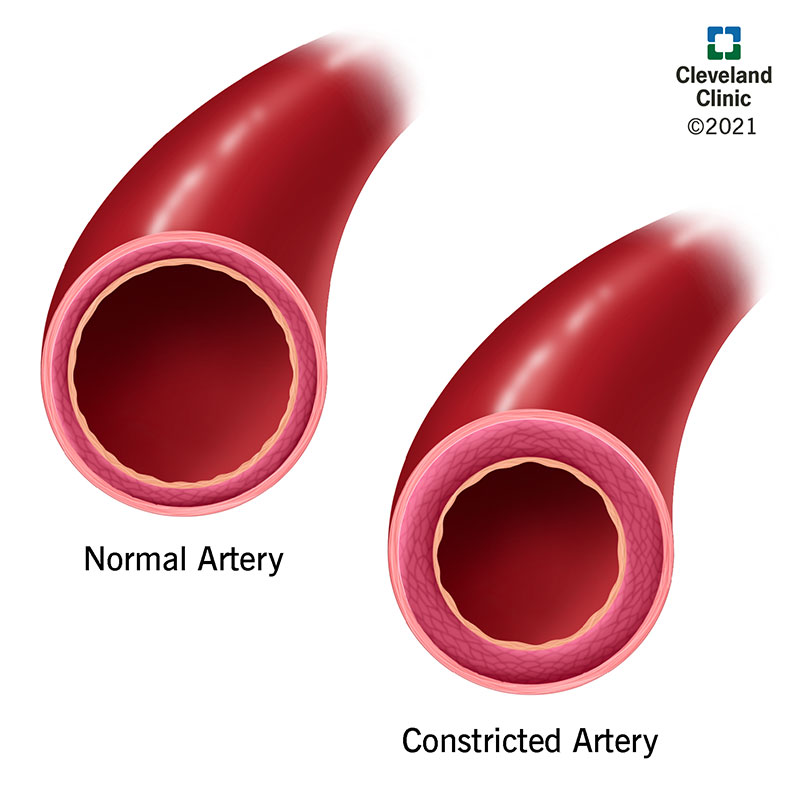A patient is given a drug for the first time and develops shortness of breath. The patient’s heart rate is 76 beats per minute, the respiratory rate is 20 breaths per minute, and the blood pressure is 120/70 mm Hg. The nurse checks a drug administration manual to make sure the correct dose was given and learns that some patients taking the drug experience shortness of breath. The nurse will contact the provider to report what?
An idiosyncratic effect
A teratogenic effect
A side effect
This symptom is not related to the medication administration.
The Correct Answer is C
Choice A Reason:
An idiosyncratic effect is an unusual or unexpected reaction to a drug that is not related to the dose and is not a common side effect. These reactions are often due to genetic differences in metabolism or immune response. In this case, shortness of breath is a known reaction for some patients taking the drug, so it is not considered idiosyncratic.
Choice B Reason:
A teratogenic effect refers to a drug’s potential to cause developmental abnormalities in a fetus when taken by a pregnant woman. Since the patient is experiencing shortness of breath, which is a known reaction to the drug, this choice is not relevant to the situation.
Choice C Reason:
This is the correct answer. A side effect is a secondary, typically undesirable effect of a drug or medical treatment. Since the nurse found that shortness of breath is a known reaction for some patients taking the drug, it is classified as a side effect. The nurse should report this to the provider to ensure proper management and monitoring.
Choice D Reason:
The symptom of shortness of breath is related to the medication administration, as confirmed by the drug administration manual. Therefore, this choice is incorrect. The nurse must report the side effect to the provider for appropriate action.
Nursing Test Bank
Naxlex Comprehensive Predictor Exams
Related Questions
Correct Answer is D
Explanation
Choice A: Minimal Effect on Vessels
A reduction in blood pH, which indicates acidosis, does not have a minimal effect on blood vessels. Acidosis can significantly impact vascular tone and function. Therefore, this choice is incorrect as it underestimates the physiological changes that occur in response to a decrease in pH.
Choice B: No Effect on Vessels
Similarly, stating that a reduction in blood pH has no effect on vessels is inaccurate. Blood pH is tightly regulated, and deviations from the normal range (7.35-7.45) can lead to significant physiological responses. Acidosis can alter vascular tone, making this choice incorrect.
Choice C: Vasodilation
While vasodilation can occur in response to certain conditions, a reduction in blood pH typically leads to vasoconstriction rather than vasodilation. Vasodilation is more commonly associated with an increase in blood pH (alkalosis) or other factors such as increased levels of nitric oxide or prostaglandins.
Choice D: Vasoconstriction
When the pH of blood reduces, indicating acidosis, it often leads to vasoconstriction. This response is mediated by chemoreceptors that detect changes in pH and stimulate the vasomotor center to increase vascular tone. Vasoconstriction helps to maintain blood pressure and ensure adequate perfusion of vital organs during acidosis. Therefore, this is the correct answer.

Correct Answer is C
Explanation
Choice A Reason:
Hyperplasia refers to an increase in the number of cells in an organ or tissue, usually resulting in an increase in the size of the organ or tissue. This process is often a response to a stimulus and can be physiological or pathological. However, hyperplasia does not involve the replacement of one cell type with another, as seen in this case.
Choice B Reason:
Dysplasia is characterized by abnormal growth and development of cells within tissues or organs. It often indicates a precancerous condition and involves changes in cell size, shape, and organization. While dysplasia can occur in the respiratory tract, it does not describe the replacement of one type of epithelial cell with another.
Choice C Reason:
This is the correct answer. Metaplasia is the process by which one type of adult cell is replaced by another type of adult cell that is not typical for that tissue. In this case, the normal columnar ciliated cells in the bronchial airway have been replaced by stratified squamous epithelial cells, a common adaptation in response to chronic irritation from smoking.
Choice D Reason:
Hypertrophy refers to an increase in the size of cells, leading to an increase in the size of the affected organ or tissue. This process does not involve a change in cell type, making it an incorrect choice for this scenario.
Whether you are a student looking to ace your exams or a practicing nurse seeking to enhance your expertise , our nursing education contents will empower you with the confidence and competence to make a difference in the lives of patients and become a respected leader in the healthcare field.
Visit Naxlex, invest in your future and unlock endless possibilities with our unparalleled nursing education contents today
Report Wrong Answer on the Current Question
Do you disagree with the answer? If yes, what is your expected answer? Explain.
Kindly be descriptive with the issue you are facing.
